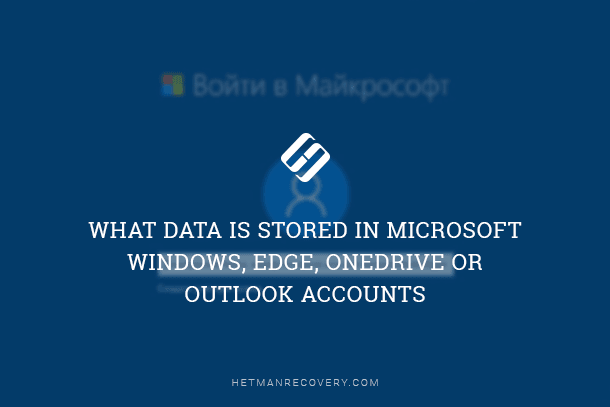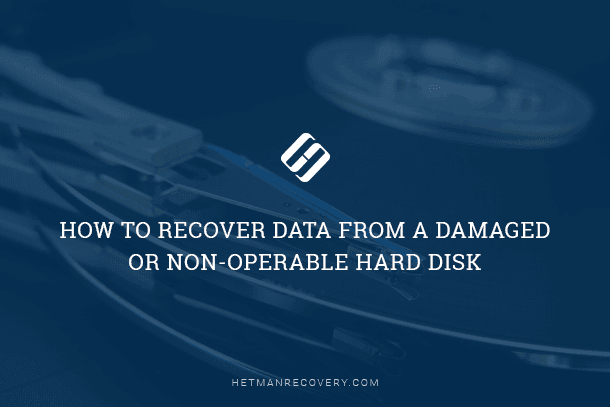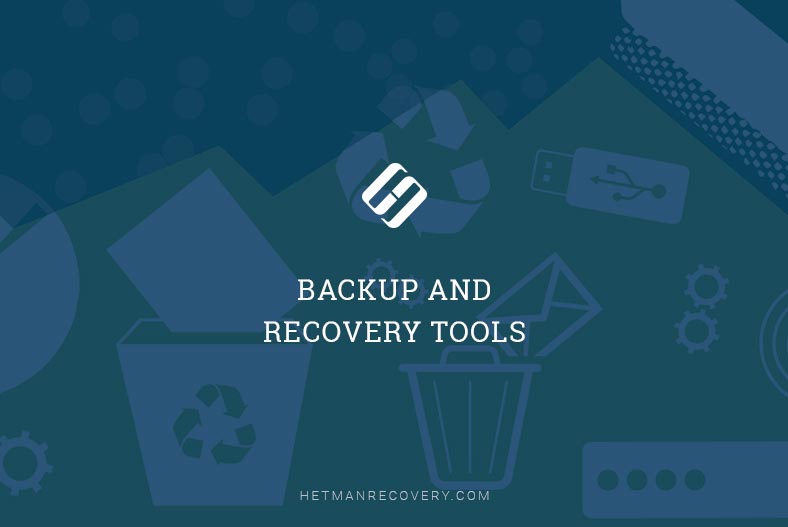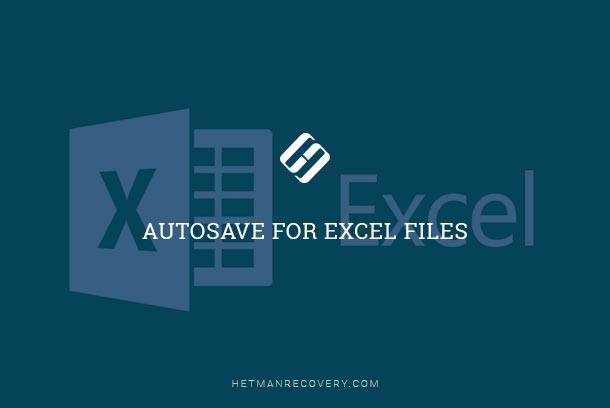Why data recovery might seem impossible: SSD, Cloud, and More
Is data recovery really impossible with SSD, Cloud, and online services? We uncover the truth behind this myth. In this Article, we delve deep into the reasons why data recovery might seem impossible and explore potential solutions. First part of the article.

Solid-State Drives (SSD)
Solid-state drives are often used in place of traditional hard disks. SSD drives offer smaller capacities but much higher speed, especially when random access speed is concerned. With no moving parts, SSD drives are more robust mechanically. They can withstand higher shocks, which makes them particularly great for portable applications. Another laptop-friendly feature is a much lower power consumption compared to magnetic hard drives.
SSD drives do come with their share of issues affecting data loss and data recovery situations. These issues are highly dependent on the ways SSD drives record information. With SSD drives, recovering a file deleted a few minutes ago is far from a given. Same goes for formatted disks; however surprisingly, corrupted SSD’s may be recovered just as well as traditional hard drives. But let’s elaborate.

⚕️ Recovering Data from SSD After File Deletion or Disk Formatting in 2021
Feature 1. Why Recovering Deleted Files from SSD Drives May Not Work
All fairly recent SSD drives implement a special set of procedures allowing them to optimize their writing performance. These procedures include background garbage collection and TRIM.
Why do SSD drives need garbage collections and magnetic hard disks don’t? Because flash chips have much faster clear writes compared to erase-then-write times. In other words, flash cells that contain information need to be erased (emptied) before new information can be written in, and that erase process is very slow compared to plain write operation. In order to speed up the writes, solid-state disks erase flash cells occupied with deleted information in background. When the system needs to write anything on the disk, the write operation then has enough empty cells to complete quickly.
How does the disk know a particular sector becomes available? The operating system tells the drive via the TRIM command. The TRIM command is issued every time the system deletes a file or formats a volume. The drive will then add released sectors into the garbage collection queue, wiping their content with zeroes slowly but inevitably.
Remember why data recovery works? Windows itself does not wipe or erase the content of a file being deleted, but simply marks its disk space available. Well, this is not the case with SSD drives anymore: SSD drives will wipe available disk sectors in just a few minutes after a file is deleted.
Feature 2. When SSD’s Can Be Recovered
SSD recovery may still work if the TRIM command was not issued. This could be the case if any one (or more) of the following is true:
Old version of Windows. Windows versions before Vista did not support TRIM, so SSD’s behave pretty much like magnetic hard drives, and can be recovered.
Corrupted data. In a case of corrupted data, damaged file system and similar things, the TRIM command is not issued, and the files remain recoverable.
External SSD drive. SSD drives connected via a USB, FireWire or Ethernet port do not support the TRIM command, and can be recovered with data recovery software.
RAID arrays. TRIM is not supported in RAID configurations.
File system other than NTFS. At this time, Windows only supports TRIM on NTFS-formatted SSD drives. If your SSD drive uses a different file system, the TRIM command is not issued, and the drive remains recoverable.

SSD Diagnostics: Programs to Find and Fix SSD Errors 🛠️🔎👨💻
Feature 3. Tools for Recovering Data from SSD Drives
In order to recover information from an SSD drive, you can use data recovery tools such as Hetman Uneraser, Hetman Partition Recovery, depending on your exact needs. Try Hetman Uneraser if you’re recovering from a healthy drive that has not been formatted or repartitioned. If you did format or repartition your SSD drive, or if you have an inaccessible device with corrupted file system, use Hetman Partition Recovery.
| Criterion | Hetman Partition Recovery | Hetman Uneraser |
|---|---|---|
| Purpose | Recovery of deleted files, partitions, data from damaged or formatted disks, and virtual machine disks. | Quick recovery of accidentally deleted files from any devices. |
| Supported File Systems | FAT/exFAT, NTFS/ReFS, APFS/HFS+, Ext2/3/4, ReiserFS, Btrfs, VMFS, Hikvision, XFS/UFS/ZFS. | FAT/exFAT, NTFS/ReFS, APFS/HFS+, Ext2/3/4/ReiserFS, XFS/UFS. |
| Supported Devices | HDD, SSD, USB drives, memory cards, external drives, virtual machine disks. | HDD, SSD, USB drives, memory cards. |
| Deep Analysis | Yes, for complex cases. | No, only basic recovery. |
| Compatibility | Windows, Linux, macOS. | Windows, Linux, macOS. |
| Target Audience | IT specialists, advanced users, companies. | General users, photographers, enthusiasts. |
Cloud Storage and Online Services
Cloud storage systems are gaining popularity among all kinds of users. Online backups, online photo albums (Flickr, Picasa), online file sharing and online document processing (Google Docs) are all over the place.
They are great as “Desktop”, “Mobile phone” or “My Documents” backups, perfect as redundant storage, and absolutely irreplaceable for sharing information and socializing. However, cloud storage systems are not exactly great as your primary storage. In other words, if you want to replace a big hard drive with an Amazon cloud storage account – take a second look:
Granted, cloud storage systems are not susceptible (or much less susceptible than single-hard-drive solutions) to hardware faults and virus attacks. They are usually quite redundant and have excellent self-backup facilities. Your data may be safe there… for a while.
Relying exclusively onto a cloud-based storage means giving up complete control over your information. Your data will be subject to someone else’s policies (which may change without notice). The amount of storage space available may be limited, while plans allowing larger than a single hard drive’s worth storage space may cost you more than the cost of a similarly sized hard drive, per month.
Finally, if you delete a file, or if your entire account is compromised and wiped by a hacker, there is no recourse. No data recovery tool can restore deleted information from the cloud. This is a classical case where data recovery tools do not help.

Windows Back Up (OneDrive, File History, System Image, Recovery Disk) 💻⚙️🛡️








